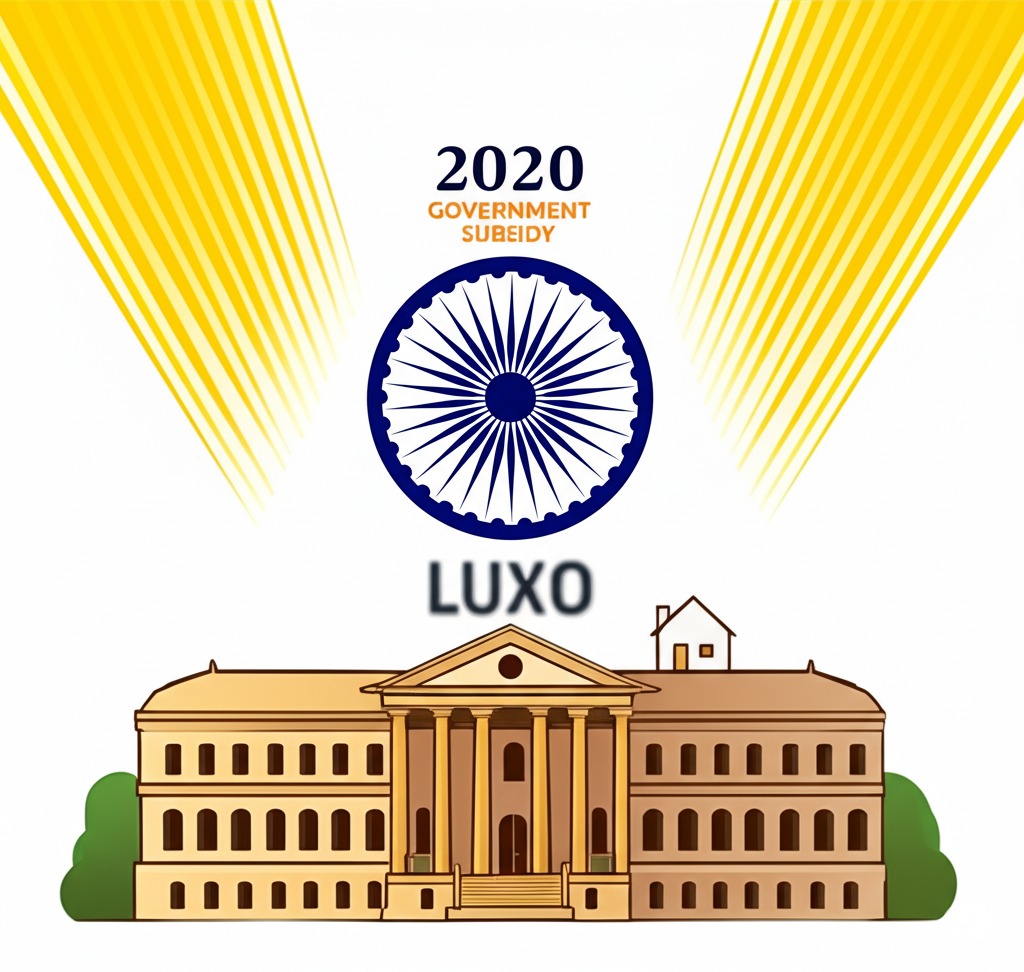Government Subsidy Schemes on Home Loans You Shouldn’t Miss
Owning a home is a dream for millions of Indians, and the government has introduced several subsidy schemes to make that dream more achievable. If you’re planning to buy a house in 2025, it’s essential to know which home loan subsidy schemes you qualify for—and how much you could save.
These subsidies can reduce your interest burden, lower your EMIs, and in some cases, even provide outright financial support for economically weaker sections. This article explores the top government subsidy schemes on home loans in 2025 that you should not miss out on.
🏡 Why Government Subsidy Schemes Matter
Government subsidy schemes are aimed at:
- Making housing affordable
- Encouraging first-time home buyers
- Supporting economically weaker and lower-income groups
- Boosting the real estate sector and infrastructure
They’re particularly helpful for:
- First-time home buyers
- Middle-class salaried individuals
- Women applicants
- Rural residents
These schemes reduce your home loan interest rate or give direct financial assistance—saving you lakhs over the life of your loan.
🥇 1. Pradhan Mantri Awas Yojana (PMAY-Urban)
🎯 Target Group:
- Economically Weaker Section (EWS)
- Lower Income Group (LIG)
- Middle-Income Groups (MIG-I & MIG-II)
📋 Key Features:
| Category | Annual Income | Max Carpet Area | Max Subsidy |
|---|---|---|---|
| EWS | Up to ₹3 lakh | 30 sq. m. | ₹2.67 lakh |
| LIG | ₹3 – ₹6 lakh | 60 sq. m. | ₹2.67 lakh |
| MIG-I | ₹6 – ₹12 lakh | 160 sq. m. | ₹2.35 lakh |
| MIG-II | ₹12 – ₹18 lakh | 200 sq. m. | ₹2.30 lakh |
💡 Benefit:
- Interest subsidy up to 6.5% for 20 years on housing loan
- Applicable for new construction, purchase, or house extension/improvement
📝 Conditions:
- Applicant/family must not own a pucca house in India
- Woman ownership/co-ownership preferred (mandatory for EWS & LIG)
🔗 Apply via:
- Your lender (bank/HFC)
- Official portal: pmaymis.gov.in
🥈 2. Credit Linked Subsidy Scheme (CLSS)
This is the central component of PMAY, where eligible beneficiaries get an interest subsidy directly credited to their loan account.
🧮 Example Calculation:
For a ₹10 lakh loan at 6.5% subsidy for 20 years, your total interest saving can be up to ₹2.67 lakh.
📢 2025 Update:
While CLSS for MIG categories closed in 2022, the government may reintroduce it in 2025—stay tuned to the budget and housing ministry updates.
🥉 3. Affordable Rental Housing Complexes (ARHC) Scheme
🎯 Target Group:
- Urban migrants and poor (EWS/LIG)
- Workers in the informal sector
While not a direct home loan subsidy, this scheme allows low-income families to:
- Save on rent
- Increase affordability of ownership later
📍 Key Benefit:
It indirectly supports homeownership by reducing housing costs in the transition period before home buying.
🏆 4. Interest Subsidy for Housing the Urban Poor (ISHUP)
Though now merged under PMAY, some states still run variants of the ISHUP scheme.
💡 Key Features:
- Interest subsidy of 5% on loans up to ₹1 lakh
- Tenure: Maximum 15–20 years
- Offered by banks, NBFCs, and microfinance institutions
This is most beneficial for:
- Urban poor
- First-time buyers with small-ticket loans
🏘️ 5. State Government Housing Subsidy Schemes
Many states run separate subsidy or housing assistance programs in addition to central schemes.
Examples:
🟢 Maharashtra:
MHADA Housing Scheme
- Allotment of flats at subsidized prices
- Preference for lower and middle-income groups
🟡 Karnataka:
Basava Vasati Yojana
- For rural poor to construct homes
- Up to ₹1.2 lakh subsidy per beneficiary
🔴 Tamil Nadu:
TN Housing Board Scheme
- Subsidized home prices for government employees and low-income families
👉 Tip: Check your state housing board website for the latest updates.
🧾 Eligibility Criteria for Government Subsidy Schemes
While each scheme differs, here are the common eligibility conditions:
| Requirement | Details |
|---|---|
| First-time homebuyer | Mandatory for most schemes (no pucca house ownership) |
| Annual family income | Within specific limits (varies by scheme) |
| Property location | Must fall under statutory town or urban area |
| Woman co-ownership | Encouraged or required in many schemes |
| Loan tenure | Usually 15–20 years max for subsidy |
| Property type | New home, construction, or improvement |
📄 Documents Required
To apply under most home loan subsidy schemes:
- Aadhaar Card (mandatory)
- PAN Card
- Income Proof (salary slips/ITR)
- Property documents
- Loan sanction letter
- Declaration of not owning a pucca house
- Co-applicant (if any) documents
🧠 How to Apply for Home Loan Subsidy
Step-by-Step Process:
- Apply for a home loan through a PMAY-approved bank or HFC
- Mention that you want to apply for subsidy under PMAY/CLSS
- Submit documents during loan application
- Bank will forward your application to National Housing Bank (NHB) or HUDCO
- On approval, the subsidy is directly credited to your loan account
- Your EMIs reduce automatically thereafter
📊 Subsidy Impact: Real Example
Applicant: Rakesh Verma
Loan amount: ₹15 lakhs
Eligible under: PMAY MIG-I
Interest subsidy: 4% on first ₹9 lakh
Savings: ₹2.35 lakh directly credited
Reduced EMI: From ₹14,000 to ₹11,800 (approx.)
❗ Common Mistakes to Avoid
- Not checking income limits before applying
- Missing the deadline (if scheme has a cutoff)
- Not declaring other owned properties
- Choosing a non-PMAY registered lender
- Applying without a woman co-owner (in some categories)
🧮 PMAY Subsidy Calculator
Use government or bank websites to check your potential savings.
👉 Try: PMAY Calculator – Housing.com
📌 Latest Updates for 2025
- The central government has proposed extending PMAY-Urban for new MIG beneficiaries—watch the next budget announcements
- Online subsidy tracking has improved—use https://pmayuclap.gov.in to check your application status
- Some banks now offer instant PMAY eligibility check during online home loan applications
🏁 Final Thoughts: Don’t Miss These Opportunities
In 2025, if you’re looking to buy a house, government subsidies can make a huge financial difference—especially for first-time buyers in low or middle-income groups. Don’t leave lakhs on the table just because you weren’t aware of these programs.
✅ Summary Table of Top Schemes
| Scheme | Income Target | Max Subsidy | Key Benefit |
|---|---|---|---|
| PMAY-Urban (CLSS) | EWS, LIG, MIG | ₹2.67 lakh | Interest rate reduction |
| ARHC | EWS, Migrants | N/A | Affordable rental housing |
| ISHUP | Urban Poor | ₹1 lakh | Interest subsidy |
| State Schemes | Varies | ₹1–2 lakh | Direct financial assistance |


